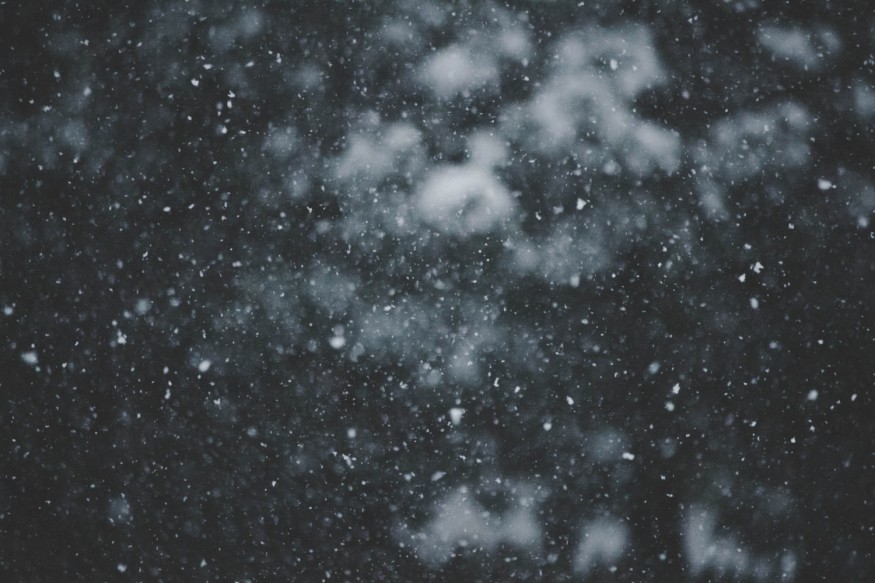A lake effect snow warning has been issued by the National Weather Service (NWS) for the town of Lowville in Lewis County, New York, on Wednesday, November 29. Disruptive and life-threatening heavy snow is possible across the town and its surrounding areas.
Travel hazards are also expected as the snowstorm can create dangerous travel conditions for both ground and air transport, mainly due to poor air visibility. The lake effect storm is part of similar wintry conditions affecting the region.
The lingering lake effect snow over the Northeast region of the United States is one of the several winter storms observed by the NWS in the country over the past week.
While the Atlantic hurricane season is about to end on Thursday, November 30, early-season winter weather events have already occurred from the western US all the way to the US Atlantic coast this month. Earlier this week, millions of Americans were under winter weather alerts.
Lake Effect Snow Warning

In its "urgent - winter weather message" on Wednesday morning, the NWS issued a Lake Effect Snow Warning for Lowville and parts of Lewis County, New York, until Wednesday noon. Under the warning, additional snow accumulations ranging between 3 inches and 5 inches are possible, with the greatest precipitation on Tug Hill.
Meteorologists from the weather service also warned motorists to plan their travel due to slippery road conditions, with hazardous winter weather conditions impacting the morning commute. In addition, heavy snow will occur in relatively narrow bands, according to the lake effect snow alert. The weather authorities also said the public should be prepared for rapidly changing road conditions and visibilities.
What is a Lake Effect Snow?
The NWS defines lake effect snow, also spelled lake-effect snow, a common weather phenomenon that transpires across the US' Great Lakes region during the late fall and winter seasons. Lake effect snow happens when cold air, often coming from Canada, rushes across the open waters of the Great Lakes. This cold air mass passes over the unfrozen, relatively warm waters of the said body of water.
Due to the interaction between the cold air and the Great Lakes, warmth and moisture are transported into the lowest part of the atmosphere. Afterward, clouds form and grow into a narrow band that generates at least 2 to 3 inches of snow per hour as the air rises.
2022 New York Blizzard
In previous winter storm events, lake effect snow has been notorious when it comes to causing widespread travel disruption and human fatalities across the Northeast and its surrounding regions. One such case occurred during the 2022 New York blizzard storm, wherein a thick lake effect snow pummeled western New York and left dozens of people dead, including 38 fatalities in New York's Buffalo area.
Extreme cold temperatures and heavy snow last December 2022 also led to the deaths of at least 57 people across the US during an event dubbed as a "once-in-a-lifetime" blizzard.
© 2025 NatureWorldNews.com All rights reserved. Do not reproduce without permission.





